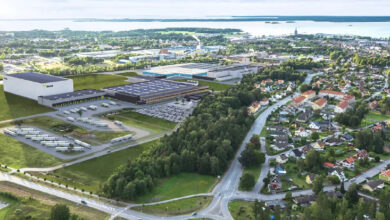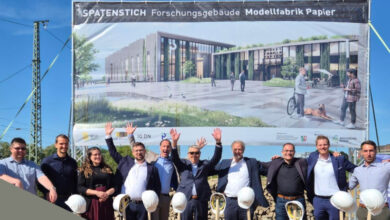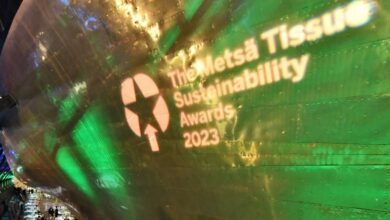Metsä Tissue significantly reduces CO2 emissions in its tissue production
The switch of energy to wood pellets will reduce CO2 emissions by more than 30% at the Kreuzau mill and supports the long-term sustainability

The tissue paper production process at the Metsä Tissue Kreuzau mill currently generates 90,000 tons of CO2 emissions per year. However, by replacing lignite with wood pellets, annual fossil-based CO2 emissions are expected to be reduced by 60,000 tons, which is equivalent to a 30% decrease in the mill’s annual CO2 emissions.
As a result of this change, the company compares positively with the European Union (EU) Emissions Trading Scheme (ETS) standards, as the emission level will be reduced to 200 kg CO2 per ton of tissue paper, compared to 340 kg previously.
“With this step we are executing our transition plan towards a fossil-free production by 2030 as well as world-class environmental performance. This transition has been initiated by a simple idea to change fuels but keeping the existing technical infrastructure. The development work, however, has been extensive. Since beginning of 2022 the shift to wood pellets has been tested, necessary adaptions made and now the shift has been finalized,” says Tobias Lüning, SVP Central Europe, Metsä Tissue.
In line with its strategic sustainability goals, Metsä Tissue is focused on achieving completely fossil-free production by 2030. The transition to wood pellets at its Kreuzau mill also contributes to the phasing out of coal-fired power generation, an initiative supported by the German government. In addition to this transformation, the company is working on developing sustainable technologies at all its other facilities for a greener future.

.jpg)










